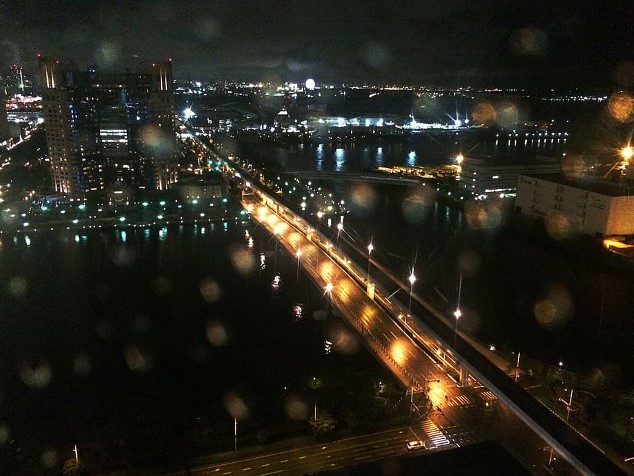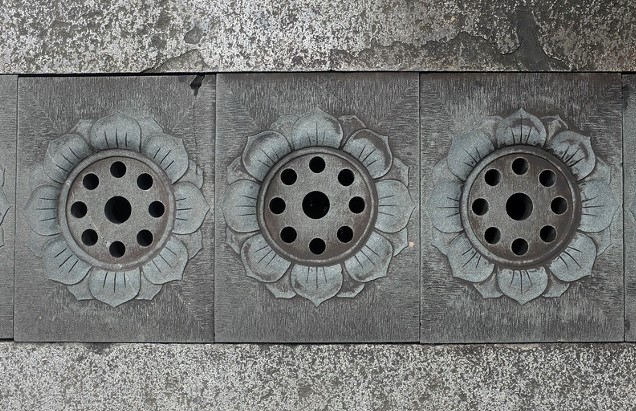 Despite it’s small size and young history, Singapore is one of the countries in Asia where nationals from neighbouring countries flock to. The reason is that the government does so well in running the country. The economy in Singapore is amazing. Low taxes for individuals and corporations. There are great economic policies are in place. Public healthcare system is top-notch. The standard of living is above average compared to the nearby Asian countries.
Despite it’s small size and young history, Singapore is one of the countries in Asia where nationals from neighbouring countries flock to. The reason is that the government does so well in running the country. The economy in Singapore is amazing. Low taxes for individuals and corporations. There are great economic policies are in place. Public healthcare system is top-notch. The standard of living is above average compared to the nearby Asian countries.
As you may expect, even the public infrastructures and government services are excellent too.
Most residents believe that Singapore has grown so well so fast because of its strong sense of self-preservation. They knew that they have relatively little of almost everything – resources, people, and territory – that’s why they have to work hard to grow the little that they have.
One such resource that they need to conserve and produce is the basic necessity anywhere in the world – water.
In this post, we’re going to talk about the rainwater collection in Singapore and how it affects the water system in this country.
2/3 of Singapore’s land is for water catchment

Since Singapore has a small land area, according to the country’s waterworks department called the PUB, two-thirds of the whole land area is used as water catchment.
This makes Singapore one of the few countries in the whole world to have a large scale stormwater harvesting system. Harvested rainwater is then collected through drains, canals and rivers and finally channelled to the country’s 17 reservoirs.
From reservoirs to the faucets
Some of this harvested rainwater then goes to different pathways, one of which is for drinking. Singapore has an advanced water cleansing system, with patented technologies to transform dirty or used water into safe drinking water.
In fact, Singapore is one of the few countries where tap water is safe to drink. This mechanism of changing dirty water into drinking water involves different stages of chemical treatment, filtration, and disinfection. This is to ensure that from different sources of dirty water, such as rainwater, the cleansed water is 100% safe to drink.
Before this cleansed water is distributed to the drains and pipes of our homes, they will first be tested to triple check that there is nothing harmful in it. Then finally, it is delivered to every household in Singapore for consumption. So make sure you get professional help from hdb pipe leaking pros whenever you see leakage in your home plumbing system, because this is the only reason your water can get contaminated.
Rainwater and flood protection
Singapore is also aware that climate change has its threats that cannot be ignored. Thus, in order to be prepared for any flooding, the government has set up a ‘Source-Pathway-Receptor’ approach that upgrades flood protection in the whole country.
It has made the drainage system – drains and canals – more flexible and adaptable to the changing times.
The Singaporean government strongly collaborate with the private sector in order to maintain its effective water collection and flood protection measures. They get involved with every construction work being done in the country, making sure that flood protection policies are being implemented. They also seek the help of the private sector to have enough area for rainwater collection and all the processes involved to carry it out from collection to conversion.
No wonder there is neither water shortage nor water contamination issues in Singapore that lasts long. Every water-related problem gets solved easily and effectively. These government policies and mechanisms should be looked upon and followed by more countries around the globe.